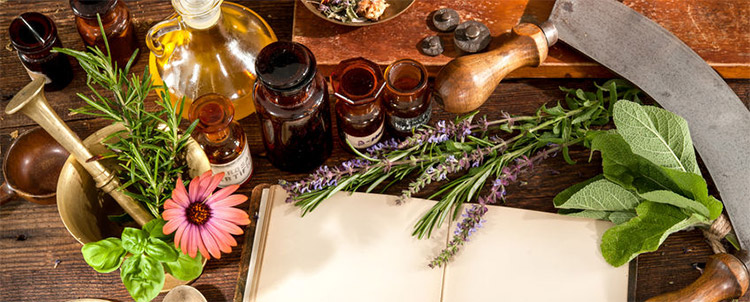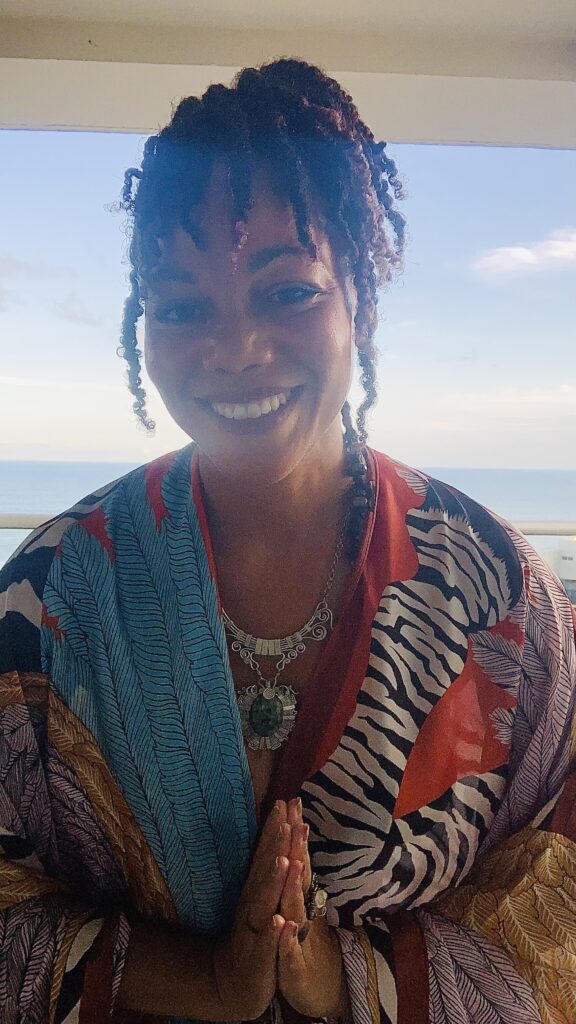Aromatherapy is a holistic healing treatment that uses the aromatic essential oils of plants medicinally to improve the health of the body, mind & spirit.

Ancient Origins of Aromatherapy
Aromatic plants & oils have been used for thousands of years, as incense, perfumes & cosmetics and for their medicinal and culinary uses.
While many cultures have used aromatherapy in their healing and grooming rituals such as the Egyptian, Chinese, Indian. I want to highlight some of what is known about the Egyptians use of aromatherapy.
But perhaps the most famous and richest associations concerning the first aromatic materials are those surrounding the Egyptian civilization. Papyrus manuscripts dating back to the reign of Khufu, around 2800 BC, record the use of many medical herbs, while another papyrus written about 2000 BC speaks of ‘fine oils & choice perfumes, and the incense of temples, whereby every God is gladdened’.
Aromatic gums and oils such as cedar and myrrh were used in the embalming process, the remains of which are still detectable thousands of years later, along with traces of scented unguents and oils such as styrax and frankincense contained in a number of ornate jars and cosmetic pots found in the tombs.
The complete iconography covering the process of preparation for such oils, balsams and fermented liquors was preserved in stone inscriptions by the people of the Nile Valley. The Egyptians were, in fact, experts of cosmetology and renowned for their herbal preparations and ointments.
One such remedy was known as ‘kyphi’; a mixture of sixteen different ingredients which could be used as an incense, a perfume or taken internally as a medicine. It was said to be antiseptic, balsamic, soothing and an antidote to poison which, according to Plutarch, could lull one to sleep, allay anxieties and brighten dreams.
Evolution of Aromatherapy
Between the seventh & thirteenth centuries the Arabs are recorded utilizing and expanding the process of aromatherapy giving rise essential oil distillation. The discovery of a perfectly preserved distillation apparatus made of terracotta in the museum of Taxila at the foot of the Himalayas dated around 3000 BC suggests that the Arabs simply revived or improved upon a process that had been known for 4000 years!

Throughout the Renaissance period, aromatic materials filled the pharmacopoeias which for many centuries remained the main protection against epidemics. Over the next few centuries the medicinal properties and applications of increasing numbers of essential oils were analyzed and recorded by the pharmacists.
By the end of the seventeenth century, the profession of perfumery broke away from the allied fields, and a distinction was made between perfumes and the aromatics that had become the domain of the apothecary.
Alchemy of the thirteenth century gave way to technical chemistry of the early nineteenth century. Chemists were able to identify for the first time the various constituents of the oils and give them specific names.
Ironically it is this research during the scientific revolution that laid the groundwork for the development of the non therapeutic synthetic counterparts to essential oils and the growth of the modern drug industry.
Ironically it is this research during the scientific revolution that laid the groundwork for the development of the non therapeutic synthetic counterparts to essential oils and the growth of the modern drug industry.
Herbal Medicine and aromatic remedies lost their credibility as methods of treatment went out of the hands of the individual and into those of professionals. By the middle of the twentieth century, the role of essential oils had been reduced almost entirely to their employment in perfumes, cosmetics and foodstuffs.
General Safety Information
Do not take any oils internally and do not apply undiluted essential oils, absolutes, CO2s or other concentrated essences onto the skin without advanced essential oil knowledge or consultation from a qualified aromatherapy practitioner. For general dilution information, read AromaWeb’s Guide to Diluting Essential Oils. If you are pregnant, epileptic, have liver damage, have cancer, or have any other medical problem, use oils only under the proper guidance of a qualified aromatherapy practitioner. Use extreme caution when using oils with children and be sure to first read the recommended dilution ratios for children. Consult a qualified aromatherapy practitioner before using oils with children, the elderly, if you have medical issues or are taking medications. Before using this or any essential oil, carefully read AromaWeb’s Essential Oil Safety Information page. For in-depth information on oil safety issues, read Essential Oil Safety by Robert Tisserand and Rodney Young.
Aromatherapy vs Allopathy
Aromatherapy has existed for thousands of years, is in harmony with nature, the human body system and associated with less severe adverse reactions if any when used as directed. It is also the basis for the more modern allopathy widely used in medical institutions today.
Allopathy however requires the production of synthetic chemicals for the main purposes of – patenting (you can’t patent plants) and making money- and introduction of them into the body triggering a myriad of adverse reactions commonly referred to as side effects that generally cause the production of new conditions or disease requiring more pharmaceuticals.
It’s Aromatherapy for US. Long live the health practices of the Ancients!

Source: The Encyclopedia of Essential Oils


Very enlightening
Glad you found it beneficial.